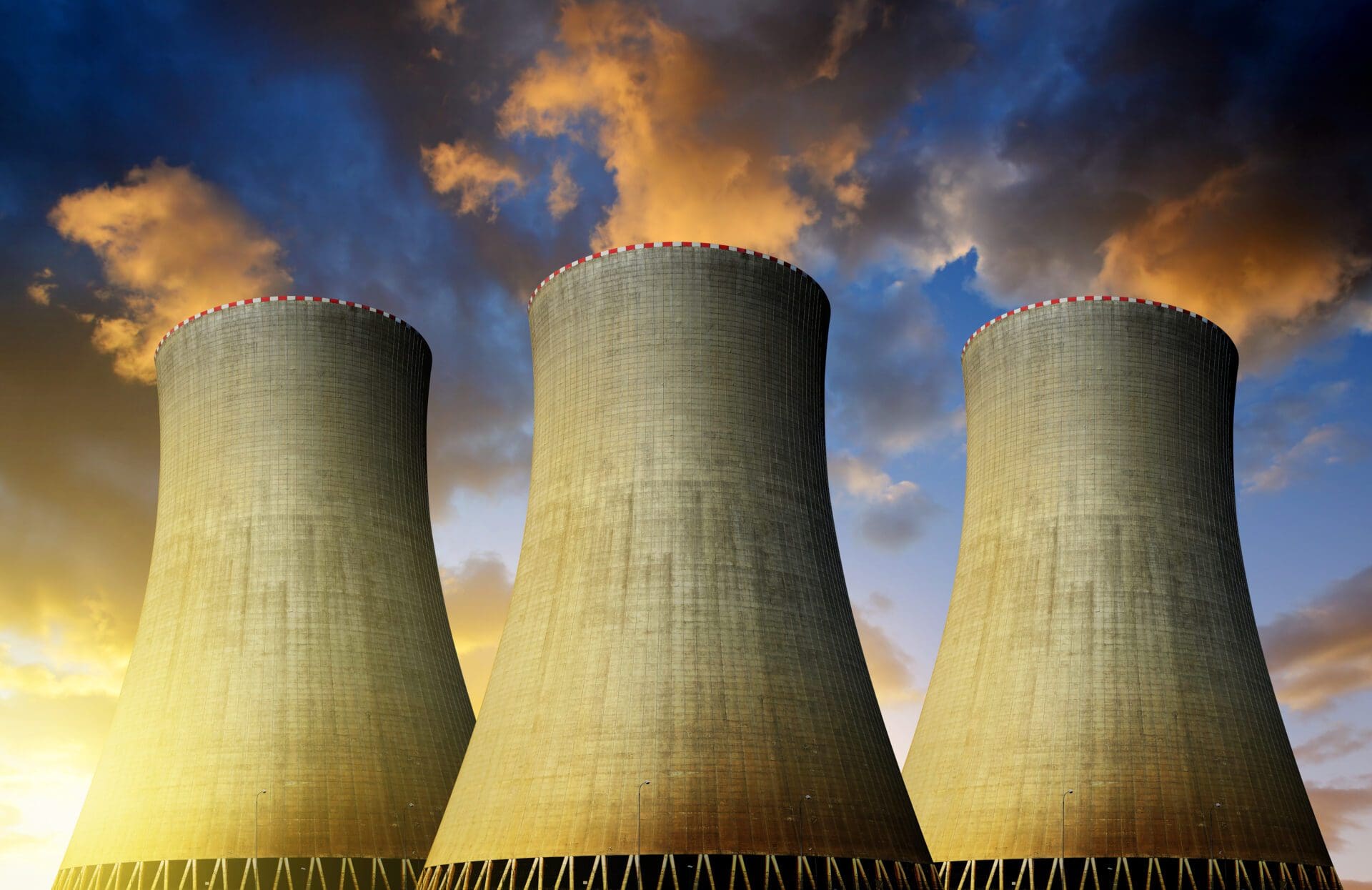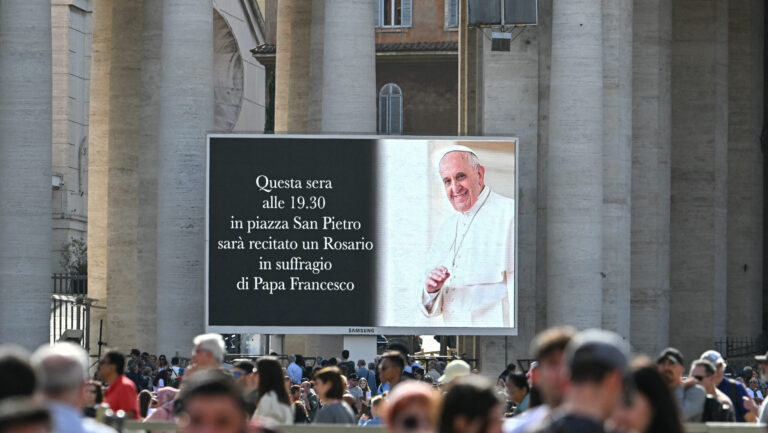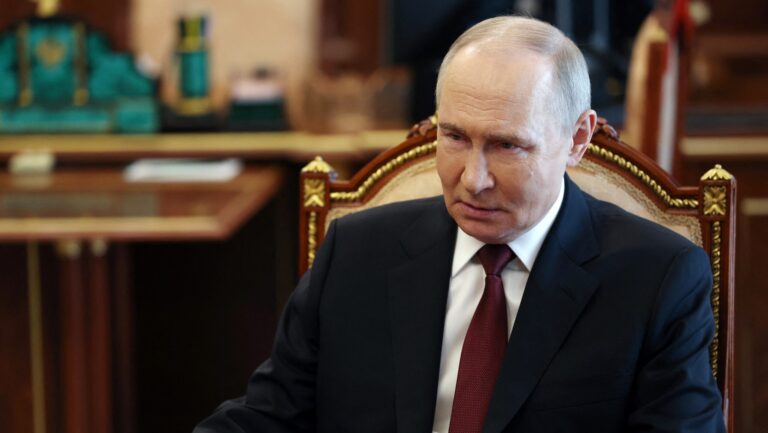Although nuclear energy seemed to be on its way out in the last decade, the war-induced energy crisis and governments’ quest for green energy could bring about a renaissance of nuclear power.
The Dawn of Nuclear Power
In recent years, it seemed that the era of nuclear power has come to an end and as the world is gradually turning to green energy, and nuclear power plants are slowly becoming a relic of a bygone era. This has also been supported by the fact that nuclear power plants (NPPs), built in large numbers in the 1970s and 1980s, have approached the end of their lifetime, and their extension often seems a lengthy and costly process in the eyes of governments. Furthermore, fatal accidents such as Chernobyl or the Fukushima disaster some ten years ago have cast a shadow over the way societies and decision-makers view the safety of nuclear power.
Even those countries that have decided in the last decades to build nuclear power plants have often been delayed or unable to complete their nuclear projects due to a lack of security permits, professional management, or technical failures (the plants at Flamanville in France and Olkiluoto in Finland are more than ten years behind schedule).
In this context, and because of the growing emphasis on environmental concerns, several countries decided to shut down their power plants.
Although many argued that nuclear power should be seen as an in-between solution in the transition to clean energy, the sector’s decline continued. As the construction of renewables’ infrastructure became more available and the price of alternative energy sources fell, nuclear power began to look too expensive and risky. In addition, the green transition was preferred to be achieved by a slow and gradual reduction of (largely imported) fossil fuels by several EU countries.
Electricity generation from nuclear plants in the EU decreased by 25.2 per cent between 2006 and 2020. It should be added, however, that thirteen EU countries—where alternative energy was less available and/or nuclear energy was perceived more favourably—had more than a hundred operational nuclear reactors in 2020.
But again, the general belief until recently was that the era of nuclear energy has come to an end or at least it will only be the ‘risky business’ of some less concerned countries which are not keen enough on being entirely green and sustainable. This conviction was backed by the bold move of Germany when it announced on 30 May 2011 that it would shut down all of the country’s nuclear power plants by 2022. And shut them down it did, except for three which were scheduled to close this year. But let us return to Germany later.
On the Verge of Revival?
It now seems it was too early to say goodbye to nuclear power and envision an NPP-free Europe. In the face of rising energy prices and the grave decline in energy security amid Russia’s invasion of Ukraine, governments realized how vulnerable their position is, given that they rely on imports of key strategic resources instead of domestically produced electricity. And the sharp rise in energy prices over the past months has also made nuclear power appear more competitive again in the eyes of consumers and politicians.
This new situation could bring the renaissance of nuclear energy as it appears to be a proper answer for energy security issues while helping to meet green energy goals as well. In March this year former British Prime Minister Boris Johnson announced his energy plan, intending to boost nuclear power to provide 25 per cent of the country’s power mix by 2050. In April, China approved the construction of six new reactors, in addition to 54 already in operation and 19 under construction. But nuclear power is getting a new push in the US as well in response to rising electricity demand.
French President Emmanuel Macron announced before the recent presidential elections that France— with a long track record of being in favour of nuclear energy—could build 14 new nuclear reactors starting in 2028. In addition, Poland submitted plans to build six new reactors in March. And with the majority vote of lawmakers in the EU Parliament in June to allow natural gas and nuclear energy to be labelled as green in EU taxonomy and with the recognition of nuclear energy’s essential role in global decarbonization efforts, the bloc has signalled the importance of advancing nuclear projects, which may bring a new nuclear era in Europe.
Central Europe
But the recent progress in Slovakia, Czechia and Hungary towards the construction of new nuclear power plants can also be viewed in this context (even though the decision to build new plants was already made years ago).
What these countries have in common is that they are highly dependent on energy imports (mainly from Russia), which they find difficult to alleviate due to their geopolitical position. Being landlocked countries, imports by sea is not a feasible option, and their geographical specificities make it difficult to entirely switch to renewable energy. Thus, for these countries, nuclear energy is the most viable solution to increase their domestic energy production and thus their energy security, and to meet environmental goals and green requirements at the same time.
Slovakia
The Slovak Nuclear Regulatory Authority (UJD) has issued the final commissioning licence for unit 3 of the Mochovce nuclear power plant. The operator, Slovenské Elektrárne, will soon start loading the fuel into the reactor zone, World Nuclear News reported. Reactor start-up can begin once fuelling is complete and, if all goes well, there will be 18 weeks of load testing. If no problems are encountered, this period will end with a 144-hour full-power demonstration run.
Nuclear energy accounts for 55 per cent of Slovakia’s electricity, with the new bloc increasing this to more than two-thirds. Slovakia will not just only increase its energy security through domestic production but could become the EU’s leading nuclear power after France. If, after Mochovce-3, unit 4 would come into operation next year, the two new units could ensure Slovakia’s electricity self-sufficiency. The Slovak Ministry of Economy currently expects that the start-up of Unit 4 could take place in 21 months.
Czechia
After years of delay, the Czech electricity company ČEZ has launched a tender for the construction of a new unit at the Dukovany nuclear power plant, Radio Praha reported. With the consent of the Ministry of Industry and Trade, ČEZ plans to sign a contract with the winner within two years and construction could start in 2029. The new nuclear power plant unit could start producing electricity in 2036.
Three potential bidders have passed the safety check: France’s EDF, South Korea’s KHNP and US Westinghouse. The Russian and Chinese companies were excluded from the tender after the Czech government assessed that it would entail safety risks to entrust the development of such a strategic sector of the country to them. The project’s estimated cost of around 6 billion euros ($6.6 billion) is the biggest single investment in the Czech Republic.
The Czech Republic already has six nuclear reactors in operation which generate more than a third of its total electricity. Besides the four in Dukovany, state-controlled power company CEZ operates another two 1,000-megawatt reactors at the Temelin plant.
Hungary
As the safety zones of units 5 and 6 have been designated, the Hungarian regulatory authority (OAH) has issued a permit that will allow the construction of two new nuclear reactors in Paks, next to the already operating units. OAH said that the permit issued last week will pave the way for adding two new reactors to the four-reactor nuclear facility. The project led by Rosatom (Russian nuclear technology is not subject to any EU sanctions) is expected to cost about $12.4 billion and will more than double the plant’s capacity. The Paks I power plant currently in operation covers 36 per cent of domestic consumption.
“This will ensure the long-term security of Hungary’s energy supply, protect the Hungarian people from extreme price fluctuations on the international energy market, and enhance our efforts to reduce the cost of electricity,” Hungarian Foreign Minister Péter Szijjártó said and called the recent permit an important milestone in the construction of the new NPPs.
Hungary’s initial plan was to replace the now operating four 500 megawatt units in 2032 and 2037, as their 50-year extended operating life expires, with the two new 1,200-megawatt VVER-1200 type pressurised water units. This would also provide about 40 per cent of the nuclear power consumption of the country. However, the changing geopolitical and energy security situation has made it necessary to assess whether the lifetime of Paks I can be extended. Between 2012 and 2017, the four units have already been granted a 20-year extension, which will expire between 2032 and 2037, but according to experts, with some modernisation, further lifetime extensions are possible.
Germany about to Make a U-turn
The current insecure situation in the face of the Russian-Ukraine war and the looming energy and economic crisis has made even the German government—led by Scholz’s Social Democrats (SPD) in coalition with the Greens and liberal Free Democrats (FDP)—think twice before it shuts down the last three NPP’s remained in the country. Even if the remained plants accounted for only 6 per cent of Germany’s electricity production in the first quarter of 2022, a recent poll by RTL/ntv showed some 68 per cent of Germans were in favour of reconsidering the country’s nuclear exit. The reason why public opinion and perhaps the views of some politicians may have changed so drastically—before the war, only 40 per cent of Germans supported the lifetime extension of their NPPs—is the country’s high exposure to Russian energy sources, which become highly insecure in the last months.
Bruno Maçães, Portuguese politician, geopolitical expert and author of several books including Geopolitics for the End Time (2021) sees Germany’s decision to become completely reliant on Russian gas as perhaps the greatest foreign policy blunder in the history of humanity. The politician was also stunned by the fact that after the annexation of Crimea, Germany even increased its natural gas import from Russia, reinforcing Moscow’s blackmailing potential over the country and the whole EU.
But Germany’s nuclear dilemma proved to be a tough fight as environment and economy ministries— both run by the Greens—signalled they had not reconsidered their anti-nuclear position in light of concerns over gas supply security. In the meantime, politicians of the conservative CDU/CSU have criticised the Greens for their stubborn insistence on an ideological-based anti-nuclear stance. However, according to some insiders, behind the scenes, the Greens’ leadership also concluded that ‘all options should be on the table’ for the sake of the country’s energy security.
To sum up, nuclear energy appears to be gaining new momentum as more and more governments announce plans to build new plants or extend the lifetime of existing ones, in the shadow of the war in Ukraine. The case of Germany highlights how sanctions and Russia’s intensifying energy pressure on the West have led to a situation where even a partly green government could reconsider temporarily abandoning its ideology-governed energy policy.








